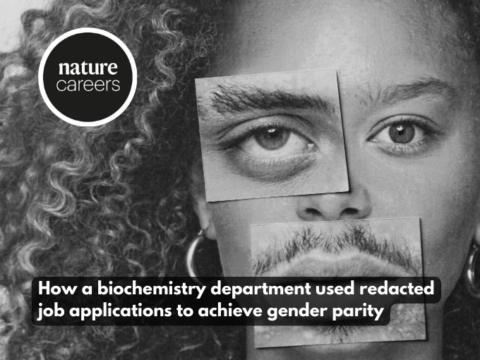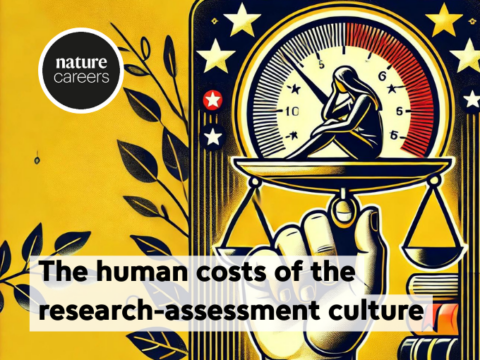 In 2018, a number of science emojis, including a DNA molecule, microbe, laboratory coat and Petri dish, appeared on our phone keyboards. Over the following three years, several other science emojis arrived, among them the stethoscope, blood droplet and sticking plaster in 2019, the heart organ in 2020 and the X-ray scan in 2021. In July 2022, Andrew White at the University of Rochester in New York submitted a bid for a protein emoji. He shares his motivation for doing so and what he learnt from the submission process — which was unsuccessful.
In 2018, a number of science emojis, including a DNA molecule, microbe, laboratory coat and Petri dish, appeared on our phone keyboards. Over the following three years, several other science emojis arrived, among them the stethoscope, blood droplet and sticking plaster in 2019, the heart organ in 2020 and the X-ray scan in 2021. In July 2022, Andrew White at the University of Rochester in New York submitted a bid for a protein emoji. He shares his motivation for doing so and what he learnt from the submission process — which was unsuccessful.
Why do we need a protein emoji?
Emojis are part and parcel of how we communicate now, and I think they’re an important addition to the arsenal of science communicators. The launch of new emojis every year on 17 July — World Emoji Day — tends to garner substantial media attention. In 2022, there were 31 new emojis, including a shaking face, ginger root, flute, jellyfish and donkey.
A year ago, my colleague Kresten Lindorff-Larsen at the University of Copenhagen, who uses computational methods to understand how changes in protein structures affect their functions, pointed out to me that a search for ‘protein’ on major search engines would yield only meat and nutrient images. But proteins are more than that.
DNA is recognized as the language that encodes life, but proteins are the actual agents of life. I think having a protein emoji would be useful for science communication, similarly to how the DNA emoji has come to represent advances in genomics and sequencing.
Read the full article with details and tips on how to submit an application to get your own suggestions added, on the Nature Careers Blog: https://www.nature.com/articles/d41586-023-00674-1

 Print This Post
Print This Post





